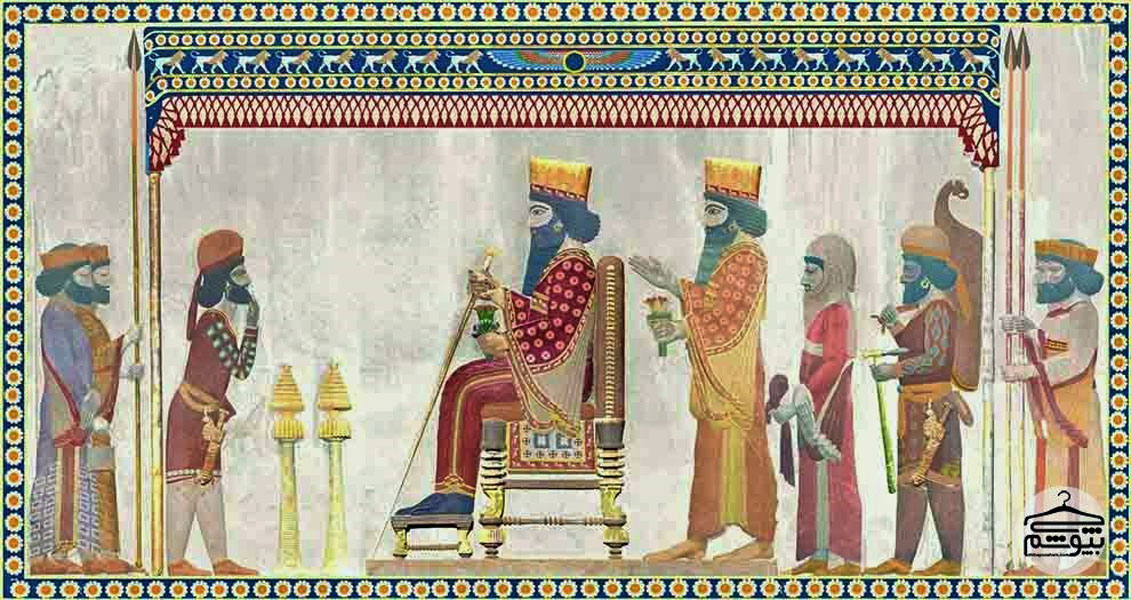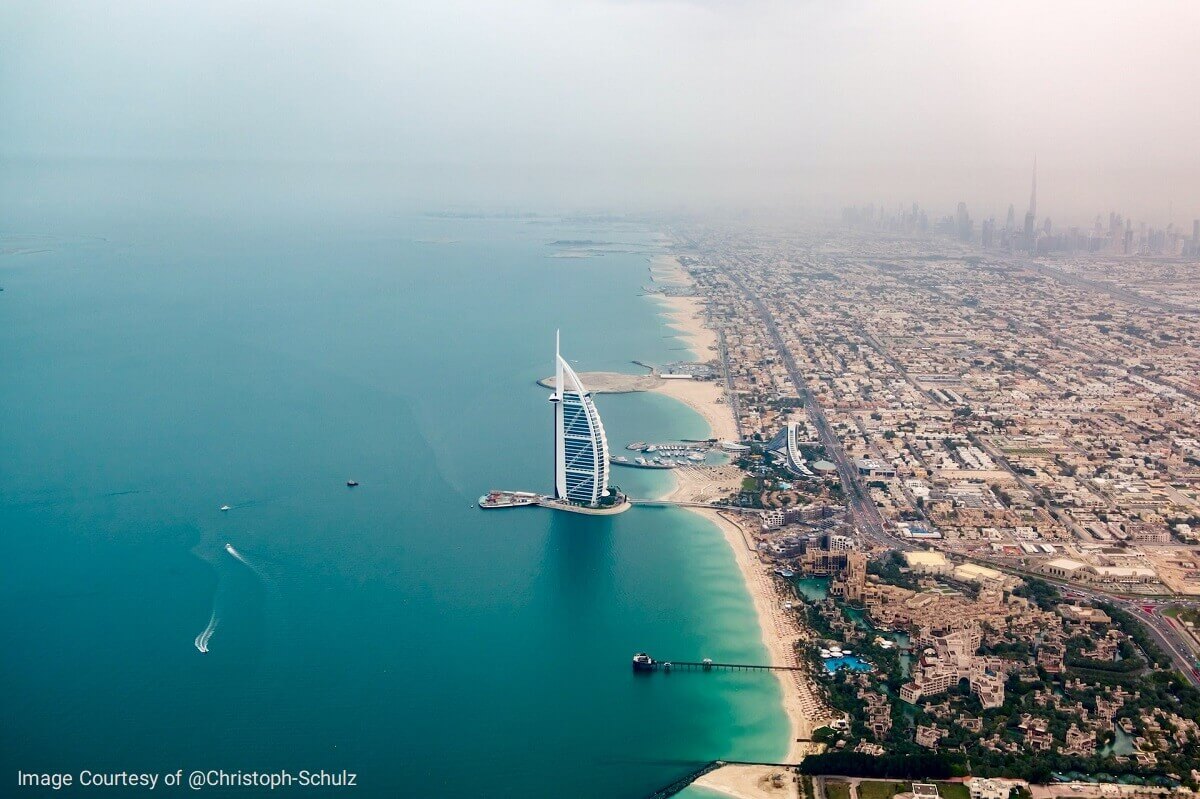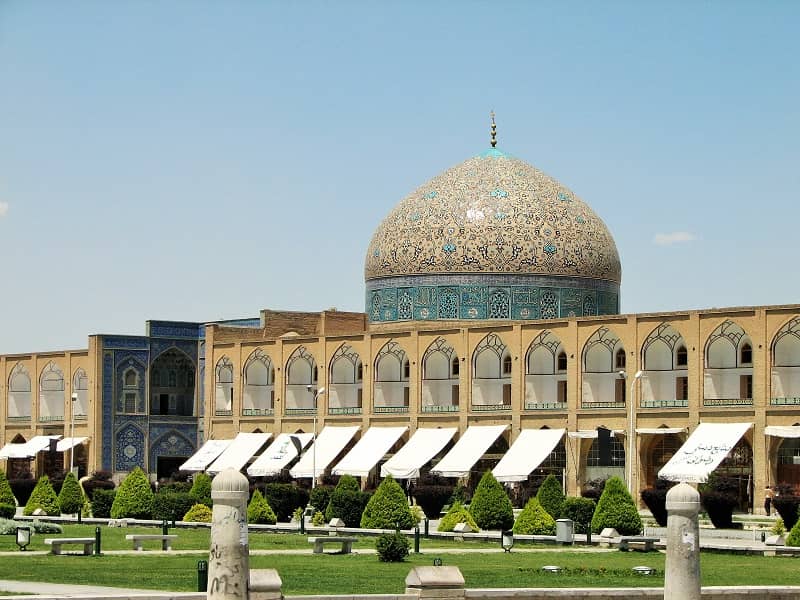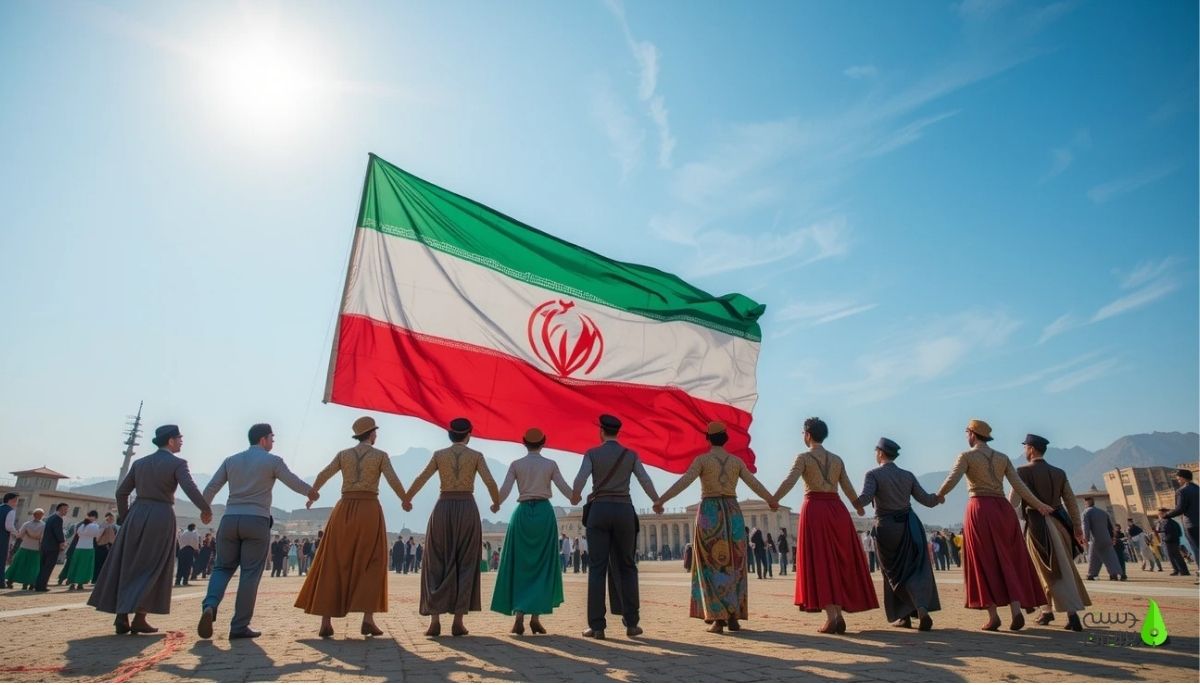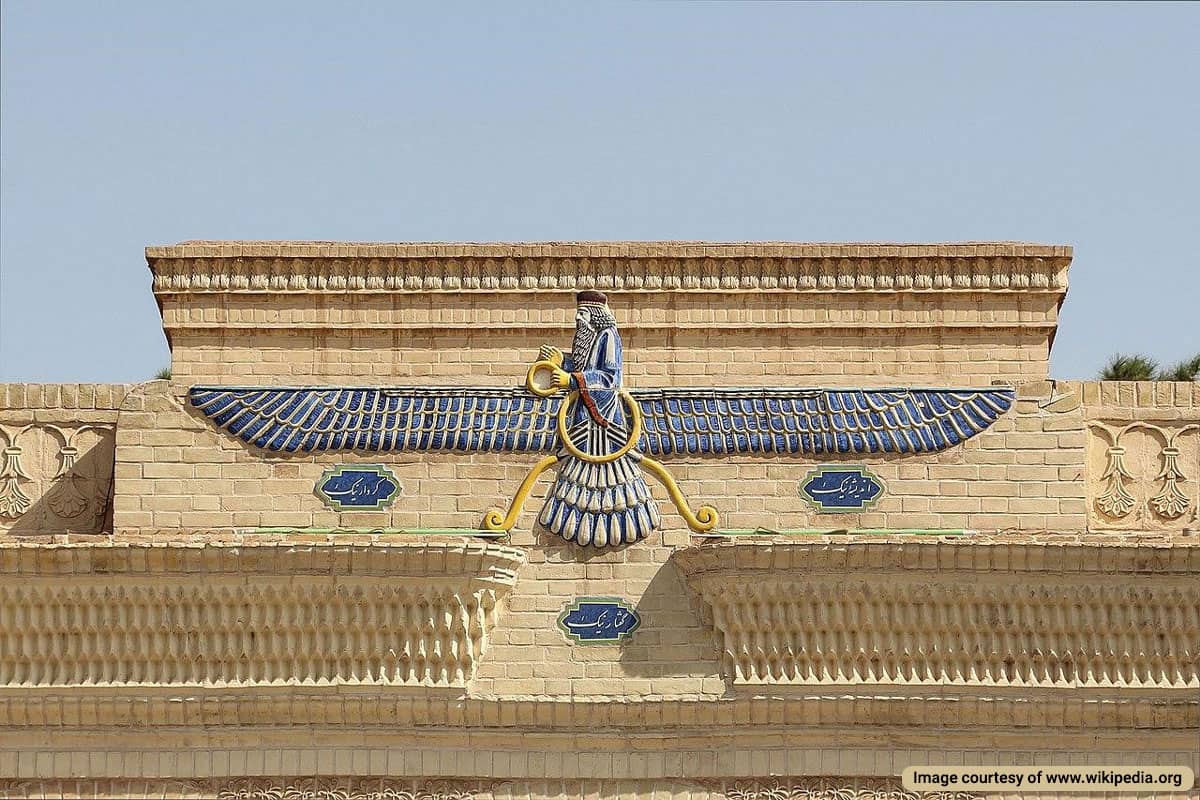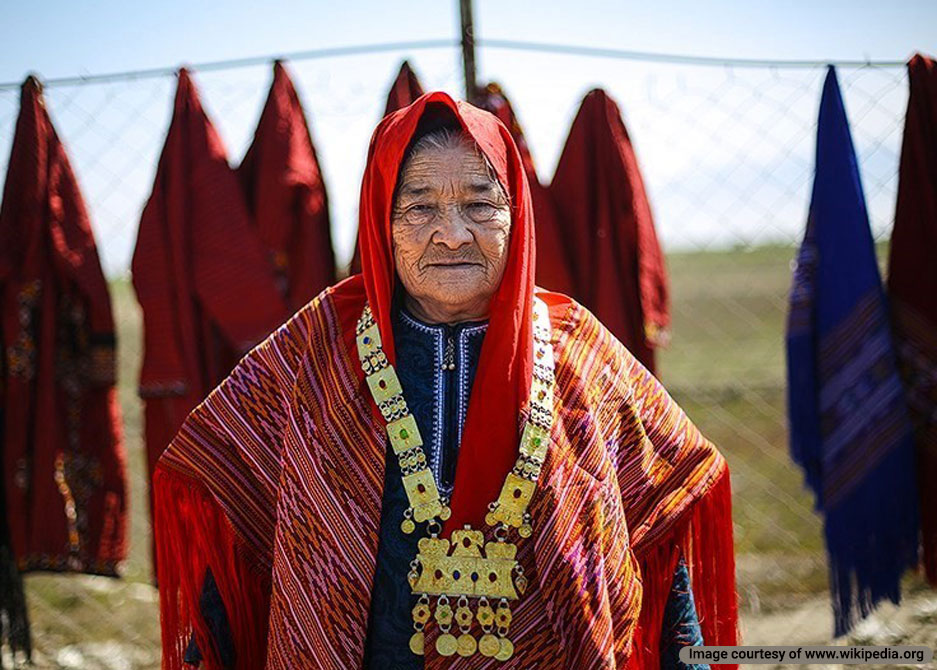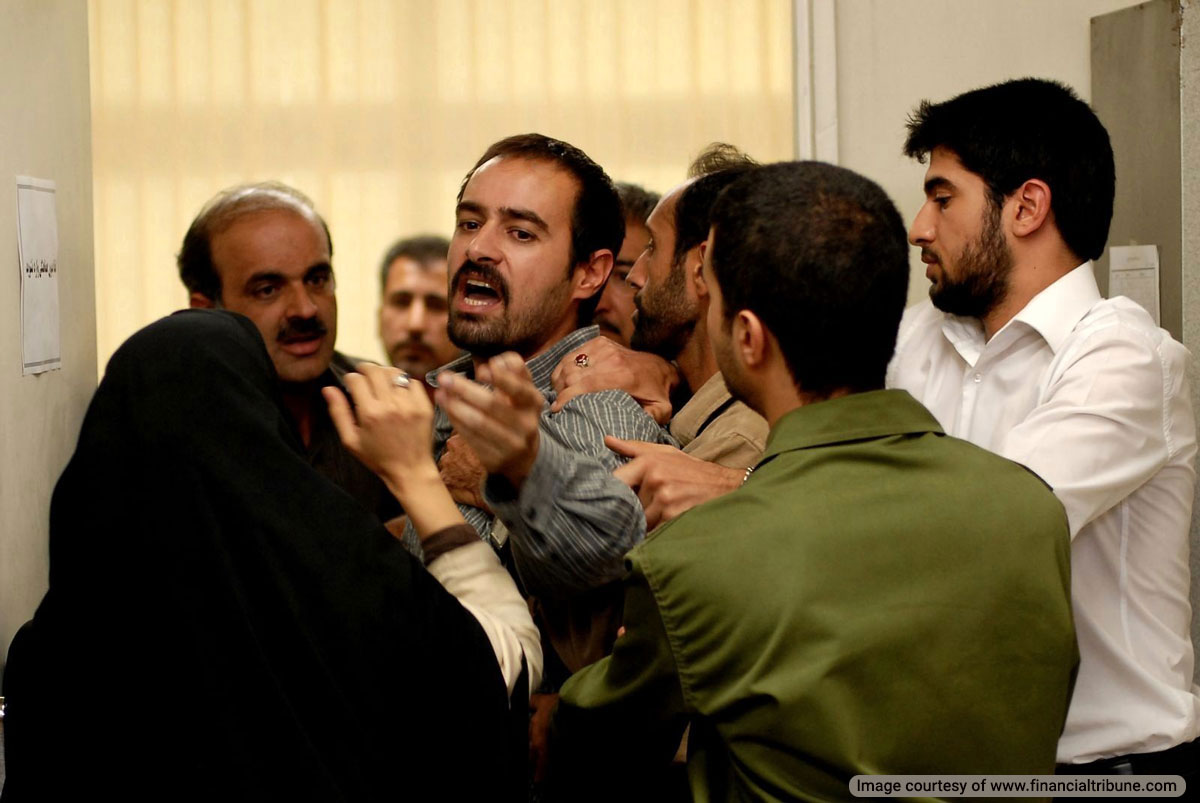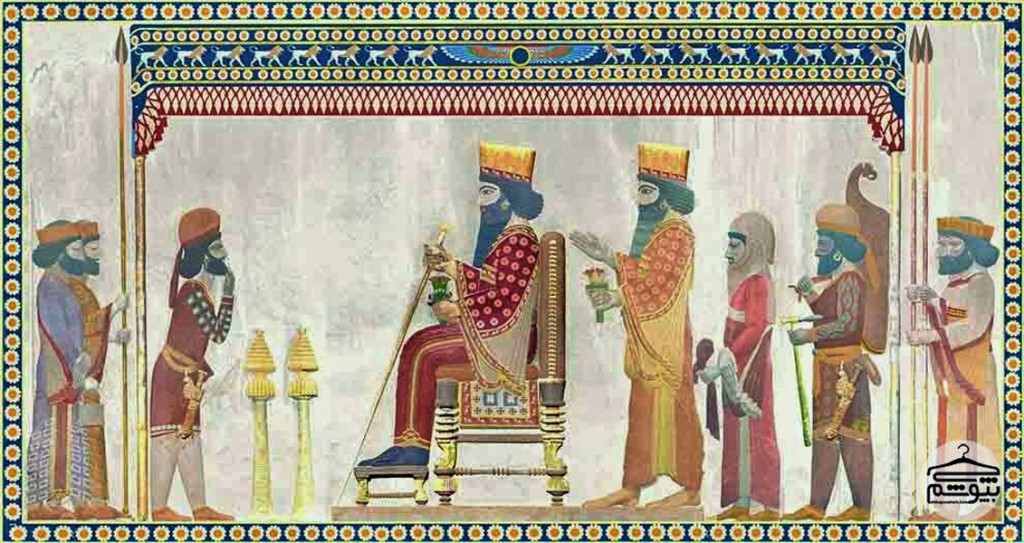
It has always been one of the first human needs to knit and sew clothes for himself/herself. The industrial heritage of textile in Iran has had many ups and downs. It is not clear when plant and animal clothing gave way to textile clothing.
Around five thousand years BC, the cave people of the Iranian plateau moved to the plains. They started a new life in the central plateau of Iran. More progress can be seen in their civilization compared to previous eras. The oldest people of the plains were the people of Sialk Mound near Kashan. In this place, archaeologists have unearthed some stone spindles and clay. It is believed that the people of that time were familiar with the textile industry. The Industrial heritage of textile in Iran grew significantly during the industrial revolution too.
The production of all kinds of linen, silk, etc. fabrics can be traced in the history of Iran. Different parts of Iran, especially the cities of the central regions such as Isfahan and Yazd, have been prominent in the production of handwoven fabrics. These products have major buyers among people from all walks of life. As the textile industry grew across the world, this industry also declined in the mentioned cities.
What is Industrial Heritage?
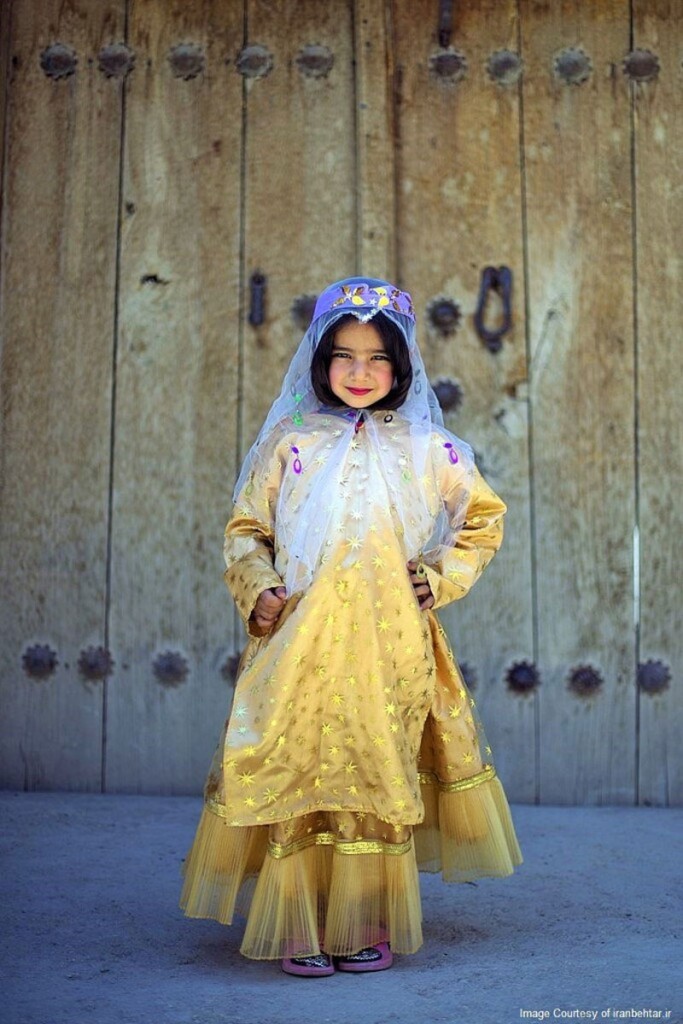
Industrial heritage is one of the relatively new concepts raised in the field of cultural heritage. In the global definition, industrial heritage includes the tangible and intangible remains of the first steps of the industrialization of societies. Several international and national institutions have been formed in this field. The duty of these institutions is to protect and restore the industrial heritage through study and operation.
Charters and agendas have been certified as standards and criteria in the field of industrial heritage. Industrial heritage is a product of industrial architecture. The Industrial heritage of textile in Iran is one example of this issue.
History of Industrial Heritage of Textile in Iran
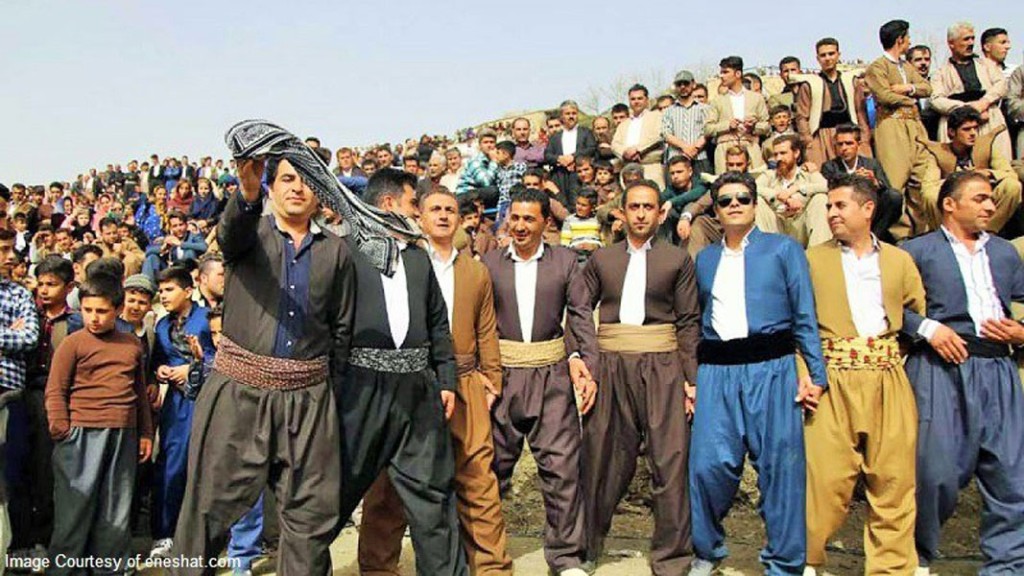
A short look at the evolution of the textile industry in Iran will make us more familiar with its history. Here is the classification of this garlic:
1- BC Period
Explorations and researches over a hundred years show that Iranians have been leaders in fabric weaving. Also, the inhabitants of ancient Iran in the second stone period (Middle Stone Age) were familiar with the art of weaving cloth.
During the excavations of the years (1949 to 1950) in a cave called the Kamarbank (meaning belt) near the Caspian Sea, Professor Carlton Kenn obtained fabrics as the Industrial heritage of textile in Iran. These fabrics prove that Iranian tribes have been weaving sheep and goat wool into cloth since the beginning of cave dwellings. Experiments with carbon 14 were carried out on fabrics. These tests showed that they date back to 6500 BC.
Many anchors and spindles have been found during the last thirty years in various excavations. This evidence proves the existence of weaving workshops in ancient Iran. Archaeologists like Professor Roman Ghirshman and Dr. Phyllis Ackerman also confirm this evidence. According to them, the age of these spindles and anchors is in full agreement with the first traces of human habitation in the Iranian plateau.
In the period of the Susa civilization (4500 years BC), the art of fabric weaving and the Industrial heritage of textile in Iran reached perfection. The copper blade found with the pottery of the first era in Susa is proof of this claim. This blade shows the effect of the copper solution on the cloth in which the blade was wrapped. Parts of this cloth are now in the Louvre Museum.
2- The Period of the Medes and Achaemenians
Xenophon writes in his book that during the Medes period, more beautiful and better fabrics were woven than in the past. As Cyrus the Great, the Achaemenid king was impressed by the beauty and perfection of the Medes’ clothes, he persuaded his relatives to dress like them.
The Industrial heritage of textile in Iran during the Achaemenid period was very famous, especially in the field of weaving silk and soft woolen fabrics. The kings of this period were famous for having beautiful and luxurious clothes. According to the writings of Herodotus and Plutarch, Alexander was a fanatical Greek, but from the time he entered Iran until his death, he wore Persian clothes.
Plutarch and Debodor also wrote that Zary cloths, whose threads were made of gold and silver, were woven during the Achaemenid period. Also, Iranian velvet, woolen fabrics, and linen fabrics were world-famous during the Achaemenid period.
3- Seleucid and Parthian Period
After the fall of the Achaemenid state, there was no significant progress in the Industrial heritage of textile in Iran for five centuries. One of the reasons was the influence of Greek civilization and taste during the Seleucid period. This issue caused the destruction of Iranian culture and civilization. The second reason was the warlike spirit of the Parthian kings. Although this spirit caused many historical honors, the kings of this period were freed from dealing with this art, encouraging and training artisans and artists.
There are not many findings from the Parthian period. The only traces of textiles from this period are a few pieces of silk cloth. These fabrics have been discovered in China along with pieces of woven fabrics. The fabrics of this period were obtained from the discoveries of Loulan district in the far eastern part of today’s Iran.
4- Sasanian Period
According to the majority of researchers, the Sassanid period was one of the most brilliant periods in terms of weaving. The textiles of this period have been preserved in museums outside Iran. Even a short visit to the rock reliefs of this period will introduce us to the remarkable evolution and distinctive features of the textile industry in this period.
5- The Beginning of the Post-Islam Period
During post-Islam Iran, the Industrial heritage of textile in Iran had stopped progressing. The reason for that is the conflict between Iranians and Arabs and several governments split into different periods. In some periods, the textile industry in Iran declined. But still, cloth weavers were considered among the noblest, most reliable, and original workers.
6- Seljuk Period
The era of Seljuks should be considered the era of re-flowering of Iranian art. From that period, there are about fifty pieces of cloth left, which show the peak of art. During this period, the most complex and delicate designs were woven. In the mentioned period, the checkered texture was more common. Also, two-sided and satin fabrics were common in the perfection.
7- Mongol Period
The Mongol rule did not have an important effect on pottery and metalworking. Instead, it completely changed fabric design and the industrial heritage of textile in Iran. During this period, the motifs that were prevalent before Islam were completely abandoned. Combinations and images all fell out of vogue. The bright and white colors that were chosen for the backgrounds of the designs were no longer used. Instead, bold and dark colors were commonly used for the background.
During the Mongol period, even the working method changed. The style of the fabrics was more or less uniform. The origin of the designs of this period is often unknown. The outpouring of Chinese and Mongolian styles, which were full of violence, was widely promoted and used in textile weaving.
8- Timurid Period
During the Timurid period, cloth weavers were collected from different cities and sent to Samarkand. Obviously, what was created in the form of the order and taste of the Timurid rulers could not be a step towards progress.
9- Safavid Period
During this period, the glory and height of Iranian art and civilization reached their peak. After the advent of Islam in Iran, nothing has been seen or heard like this period. The Safavid Era’s kings had unwavering support for artists in the field of the industrial heritage of textile in Iran. Therefore, during the Safavid era, huge successes were achieved in textile weaving. The artists of this period, especially during the time of Shah Abbas Kabir, created beautiful fabrics.
10- Afsharian, Zandian and Qajar Period
With the fall of the Safavids and the country and its arts falling into the hands of the Afghans, the textile industry declined. Afsharids and Zand eras, as well as Qajars were not pioneers in the field of textiles. The Qajar period is one of the worst periods in the history of Iran in the field of textile and weaving industry.
On the other hand, the Qajar period coincides with the extensive movement of textile factories in Europe. Also, during this period, Russian fabrics were imported to Iran indiscriminately and cheaply. Therefore, this issue hindered the production equality of manual and traditional workshops with machine workshops. Craftsmen and artists were not supported during this period. Therefore, they stopped working and Iran’s textile industrial heritage of several thousand years was gradually forgotten.
11- First and Second Pahlavi Periods
During this period, many factories were established. All over Iran, seventeen of them were assigned to textile factories. Textiles were the main joint industry between the public and private sectors. The industrial heritage of textile in Iran and during the Pahlavi period was related to the uniform policy of clothing in the era of Reza Shah.
The first textile factory was established in Iran at the beginning of the Pahlavi period in 1925. Following that, various industrial units related to textiles were created and developed. Among others, we can mention spinning, sack weaving, etc. in Yazd, Kerman, Kashan, Gilan and Mazandaran provinces.
Many of these factories, which had strong support from the government, were private factories. The industrial heritage of textile in Iran, along with other established industries of Reza Shah, faced many problems during World War II. These problems included the following:
- The recession caused by war and occupation
- Wear and tear of machinery
- Lack of spare parts
- Impossibility of entering parts, accessories, and tools
- Labor issues
- Shah’s departure from the country
- The political instability of the government and parliament
- The presence of allies and lack of import control
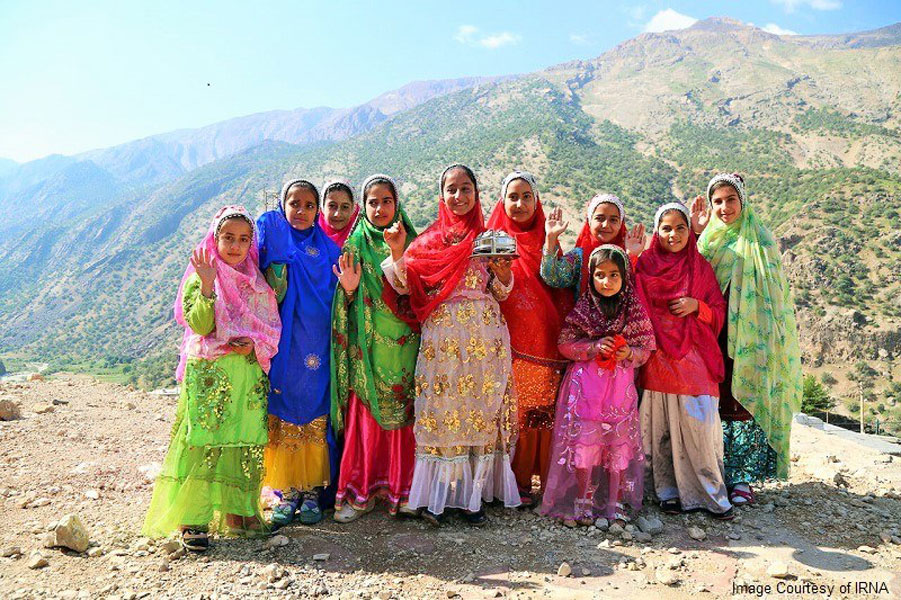
The above cases caused foreign textile production goods to spread across the country between the years 1941 and 1943. Also, a lot of foreign currency was also taken out of the country.
In 1951, textile factories faced many labor riots and the production cycle was stopped in them. In 1955 (after the coup), there were reforms in the textile industry, which led to the self-sufficiency of these industries in Iran.
Since 1941, Iran had 200,000 cotton weaving machines and 2,200 workshops and produced 10,000 tons of cotton yarn and 2,500 meters of fabric. In addition, there were 25,600 textile machines and 700 yarn and wool production workshops in the country.
The growth of the industrial heritage of textile in Iran in the 60s was like a small industrial revolution in Iran. In 1966, Iran stopped importing cotton fabric. During the first Pahlavi period, textile industries were often run by private capital. But government support provided the reasons for its continuity and dynamism. During the second Pahlavi’s “White Revolution”, the state-owned textile factories were sold, and textiles were removed from the influence of the government and became joint-stock factories.
All Kinds of Traditional and Original Fabrics
What remains of traditional Iranian textiles are gold weaving and velvet weaving machines. These devices exist in the traditional arts workshops of the Cultural Heritage Organization in Tehran, Kashan, Isfahan, and Yazd. In addition, in the regions of Yazd, Kashan, Kerman, Khuzestan, Gilan, Mazandaran, Azerbaijan, Kurdistan, and Kermanshah, fabrics are woven in a traditional way.
1- Shar Bafi
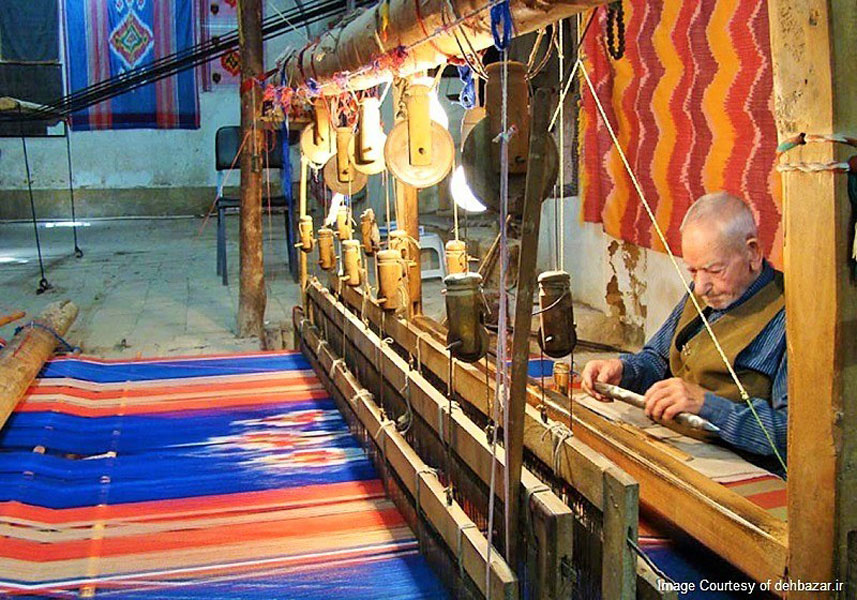
“Shar” is defined as human or animal hair in dictionaries. In weaving terms, it is a type of silk cloth in Kashan. Its wool and cotton types have been common in Yazd and Isfahan. For this reason, today the names of Sharbaf families are heard a lot in these cities.
No special pattern is used in the texture of this type of cloth. As a result, its products can be divided into two groups: simple and bar or striped. Simple patterns can be seen in purple, crimson, black, yellow, eggplant, green and blue colors. Shar is a very good example of the industrial heritage of textile in Iran.
Its size is 2 meters in width and 2 meters in length for women. A 2-meter wide and 1.5-meter-long rope is usually woven in black and white for men. The weaver’s signature is appears with a gold mark at the top and bottom of the fabric.
2- Canvas
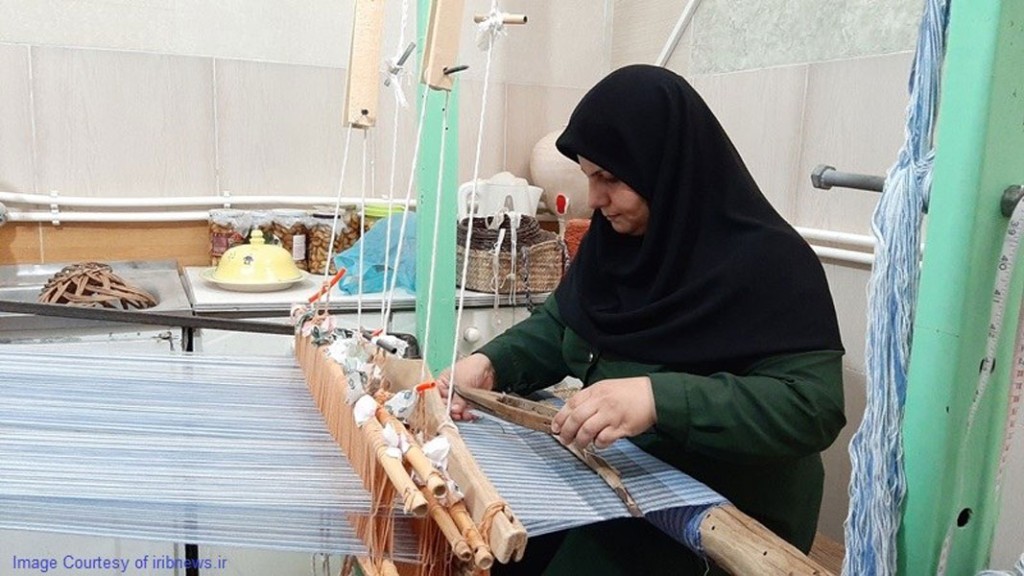
Karbas is a kind of simple white cotton fabric, whose consumption depends on the texture, thickness, and thread. Karbas is one of the fabrics suitable for simple summer clothes. Nowadays, machines are mainly used to weave linen fabric. These devices have 2 to 6 rows. Karbas is one of the most valuable examples of the industrial heritage of textile in Iran.
3- Zari Bafi
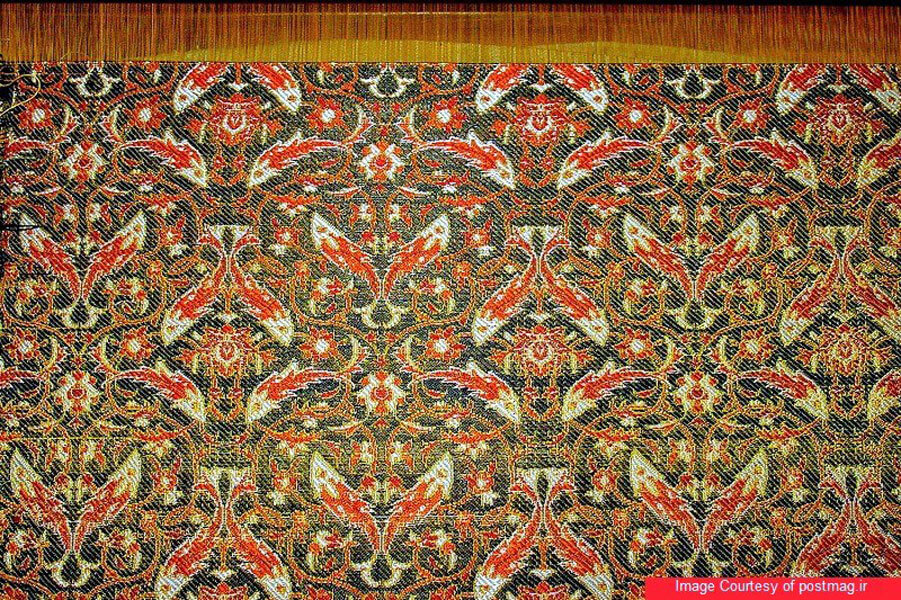
Zari Bafi is one of Iran’s handicrafts and the industrial heritage of textile in Iran. The beginning of Zari Bafi is not clear, but Iranian silk products have had a special reputation in Asia and Europe since two thousand years ago. In the tomb of Charlemagne, the king of France, a piece of gold cloth belonging to the Sassanid period was found.
The main raw material for Zari Bafiis natural silk and Glabton threads. Glabton is a thread that is used in gold and silver embroidery. In expensive types, the core is silk and thin strands of silver mixed with gold are wound on it.
Plain silk is used for the background and silk thread in different colors is used for the patterns. Two people (the weaver and the adjuster) work together in Zari Bafi. This fabric is woven with a manual machine.
4- Termeh
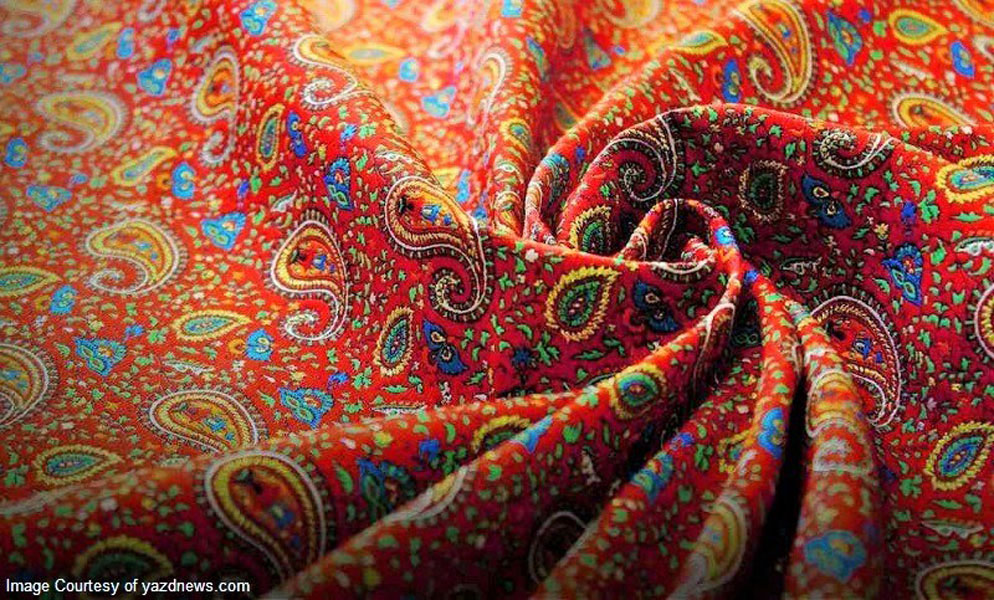
Wool or cotton Termeh (a kind of cashmere) thread is made in various colors with plant materials. Sometimes they weave the Termeh in a round way. Striped Termeh shawls are woven in seven colors. Kashmir Termeh has large designs and Kerman Terhmeh have small and frequent designs. Termeh is a type of industrial heritage of textile in Iran that is also exported to other countries.
5- Velvet
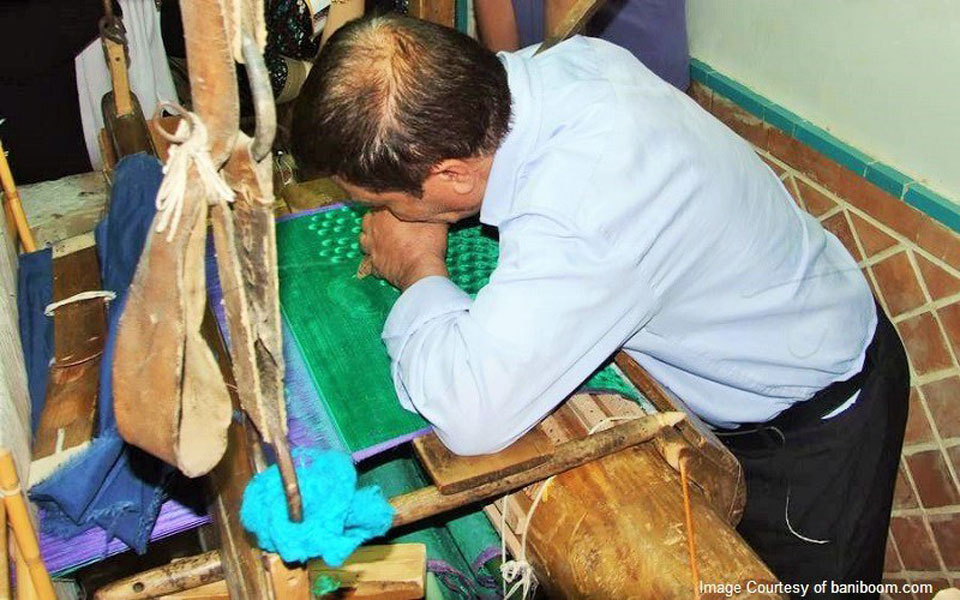
It is a kind of fluffy cotton or silk fabric. Because silk is one of its components, it is mentioned as silk velvet in several old books. In the past, velvet was mostly used for women’s clothes and men’s collars, suspenders, or hats.
6- Jajim

Jajim is a fabric woven out of colorful spun wool. Its width is usually about 20 to 35 cm. Sometimes the cotton thread is used for its thin weft. craftspeople weave Jajim in the most traditional method known. Weavers are supposed to employ the necessary delicacy and precision in making this type of fabric. Jajim is considered one of the most advanced types of the industrial heritage of textile in Iran.
Jajim weaving machines, which are placed horizontally in front of the weavers, have three wooden stands. This tripod is located in the middle of the bunches and moves back and forth by hand. Therefore, it allows the weft to pass through the threads.
The most important center of Jajim weaving is in Ardebil province, especially the villages of Khoresh Rostam district of Khalkhal town.
7- Pateh (Embroidery)
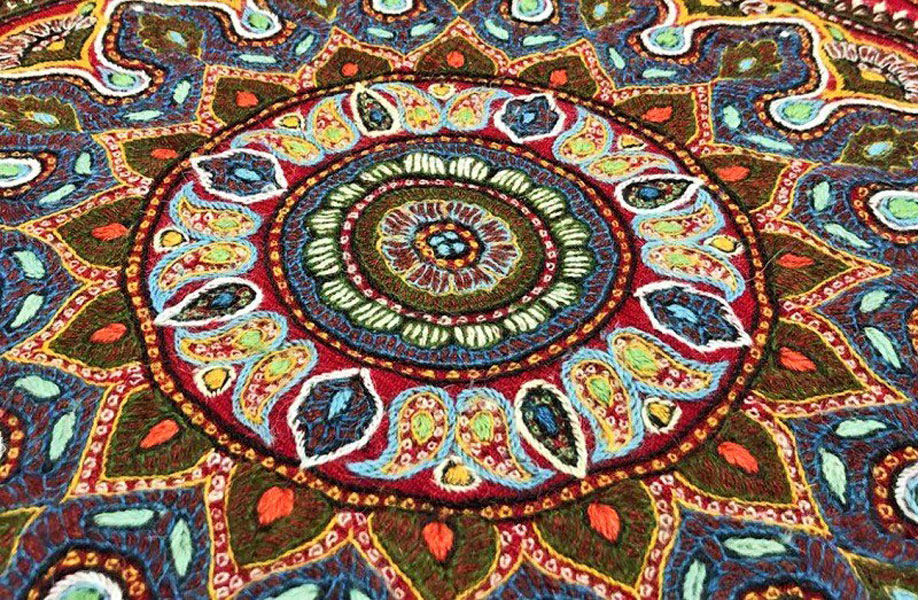
Another type of textile in Iran is a traditional embroidery in Kerman called “Pateh”. In this type of authentic Iranian embroidery, patterns, often flowers and plants, are applied to woolen fabrics with needlework. Fateh Duzi and Selase Duzi are other names of this art.
Pateh Embroidery is done on thick and woolen fabrics. The sewing methods used on fabrics include stem embroidery, square embroidery, leaf embroidery, and cover embroidery.
The result of the work is also used as a tablecloth, prayer rug, rug, Quran cover, curtains, cushions, and coasters.
8- Other Traditional Fabrics
- Thick and woolen fabrics: They are clothes like robes made from camel hair or sheep’s wool. Its place of production is Mohammadiye village, Naein.
- Cotton or cotton fabrics: They are fabrics like quilts, bedspreads, rugs, or bed linens, and usually have a striped pattern. Their places of production are in the cities of Isfahan, Yazd, Ardakan, and Shushtar.
Traditional Handlooms of Industrial Heritage of Textile in Iran
Here we present a list of other traditional Iranian handicrafts:
- A shawl known as Hossein Qoli Khan in Yazd
- Qanaviz in Yazd and Kashan
- Suf in Bushehr
- Jajim Che or Hamam Seri in Ziarat village of Gorgan and Aladasht, Mazandaran
- Qoton (a kind of summer fabric) in Yazd
- Daraei or Ecut in Yazd
- Chador Shab in Sirjan
- A type of silk cloth in the nail method in Kalat
- Silk Chador Shab in Qasem Abad, Rudsar
Original Iranian Fabric Patterns
The motifs used in the authentic Iranian fabric are inspired by the culture and art of this country. Motifs of all kinds of animals, plants (such as cedar), or historical events (such as the presence of princes in hunting fields) are among the most widely used motifs in Iranian fabric. Also, the use of silver and gold elements in the fabric, which used Zarbaft (gold-woven) or silver-woven designs, has been very common.
The Color Used in all Kinds of Iranian Fabrics
Since Iranians were hopeful and happy people, they used happy and bright colors in the weaving of fabrics. Blue colors in different themes, bold green, lemon, white, lilac, red, and pink are seen in Iranian fabrics.
In ancient times, the way of coloring the fabrics was in accordance with the social status of the people. But the noteworthy point is the non-use of dark colors in fabric before the Islamic era.
The Final Word
Weaving is one of the industries that has always had an honorable position in Iran. The industrial heritage of textile in Iran has witnessed a peak in some periods and a decline in other periods. Researchers are of the opinion that the general conditions of society and politics have been important and effective factors in the industrial heritage of Iranian textiles.
In some periods, fabrics with elaborate designs in two layers are seen. Silk fabrics that change color when the light changes, as well as light and thin silk fabrics, have been the interests of Iranians in the textile industry.
On some fabrics considered the industrial heritage of textile in Iran, animal designs and Kufi lines are very well engraved. Their main colors are green and white on a golden background and dark red and brown. Detailed and complex designs can be seen on some silk fabrics. Imaginary birds, animals, and chickens are one of the common motifs in the industrial heritage of textile in Iran. In addition to these, the use of flowers and leaves is also seen a lot.






